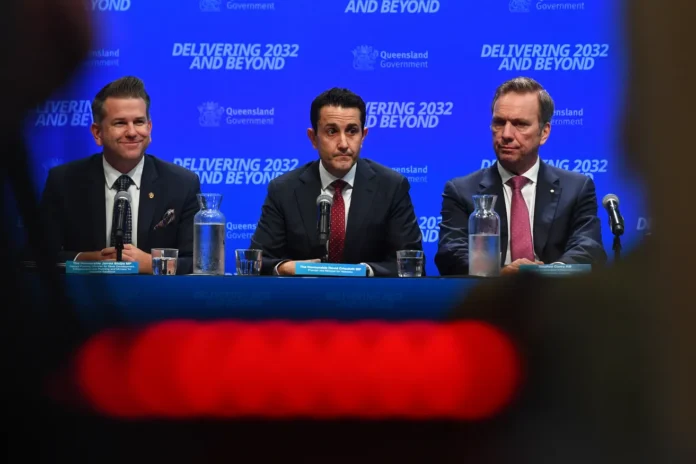Today the Queensland government rolled out its inaugural budget under Premier David Crisafulli, unveiling a $4.7 billion funding package for the 2032 Brisbane Olympic Games alongside a landmark $5.6 billion social housing investment. The twin commitments reflect a balancing act: rescuing Olympic plans from a $3.5 billion shortfall while tackling a deepening housing crisis.
Olympic Infrastructure: Filling the Funding Gap
Faced with a $3.5 billion hole left by the previous administration, Treasurer Cameron Dick’s successor has allocated $3.8 billion to venues over the forward estimates, drawn from a $7.1 billion total Olympic envelope. Key projects include a new main stadium at Victoria Park, upgrades to Sunshine Coast Stadium, and development of the Sunshine Coast Mountain Bike Centre. Indoor sports centres across southeast Queensland also secured funding, ensuring regional hubs share in the Games’ legacy.
The government says these investments will safeguard delivery timelines and protect the state against cost overruns. By front-loading capital, Crisafulli hopes to avoid the last-minute scramble that nearly derailed village construction.
Athlete Villages: Public-Private Partnerships in Focus
To house competitors and officials, $950 million has been earmarked over four years as part of a broader $3.5 billion strategy for athlete accommodations. The plan splits costs between state funds and private partners, with upgrades to the RNA showgrounds in Brisbane and new village sites on the Sunshine Coast, Gold Coast, and in Rockhampton. Funding arrangements aim to leave behind community housing or commercial precincts once the Games conclude.
Premier Crisafulli argued that these partnerships will spur local jobs now and create housing or business districts later, ensuring the budget delivers benefits well beyond 2032.
Housing Crisis Response: Record Social Housing Spend
Outside the Games, the budget commits $5.6 billion toward social and community housing—a $2 billion increase from last year. Queensland plans to deliver 53,500 new homes by 2044, backed by $1.967 billion in the next four years and at least $500 million annually from 2029–30 onward. Additionally, $592 million over five years will fund frontline homelessness services, boosting specialist programs by 20 percent.
Housing Minister Sam O’Connor described this as the state’s largest ever intervention in social housing, asserting it will give more Queenslanders a stable place to live and ease rental pressures across the market.
Political Tensions: Finger-Pointing Over Past Shortcomings
The budget arrives after months of political sparring. Deputy Premier Jarrod Bleijie blasted the former Labor government for allocating just $155 million—less than 1 percent of the estimated need—for Olympic villages. Labor figures defended their approach, highlighting plans for private investment and arguing that public-private models would curb costs. The Games On! program also secured $250 million for community sport facilities, a move both sides tout as proof they back grassroots sport.
Personal Analysis
By combining urgent fixes for the Olympic shortfall with a sweeping social housing boost, the Crisafulli government has signaled its priorities: finishing what was left incomplete and addressing a pressing social need. In my view, this dual strategy shows political savvy and practical ambition. Yet success hinges on efficient project delivery and genuine partnerships. If stadiums rise on time and new homes materialize, voters may see this budget as a turning point. But delays or cost blowouts could quickly reignite criticism and political heat.
Sources: GC News

